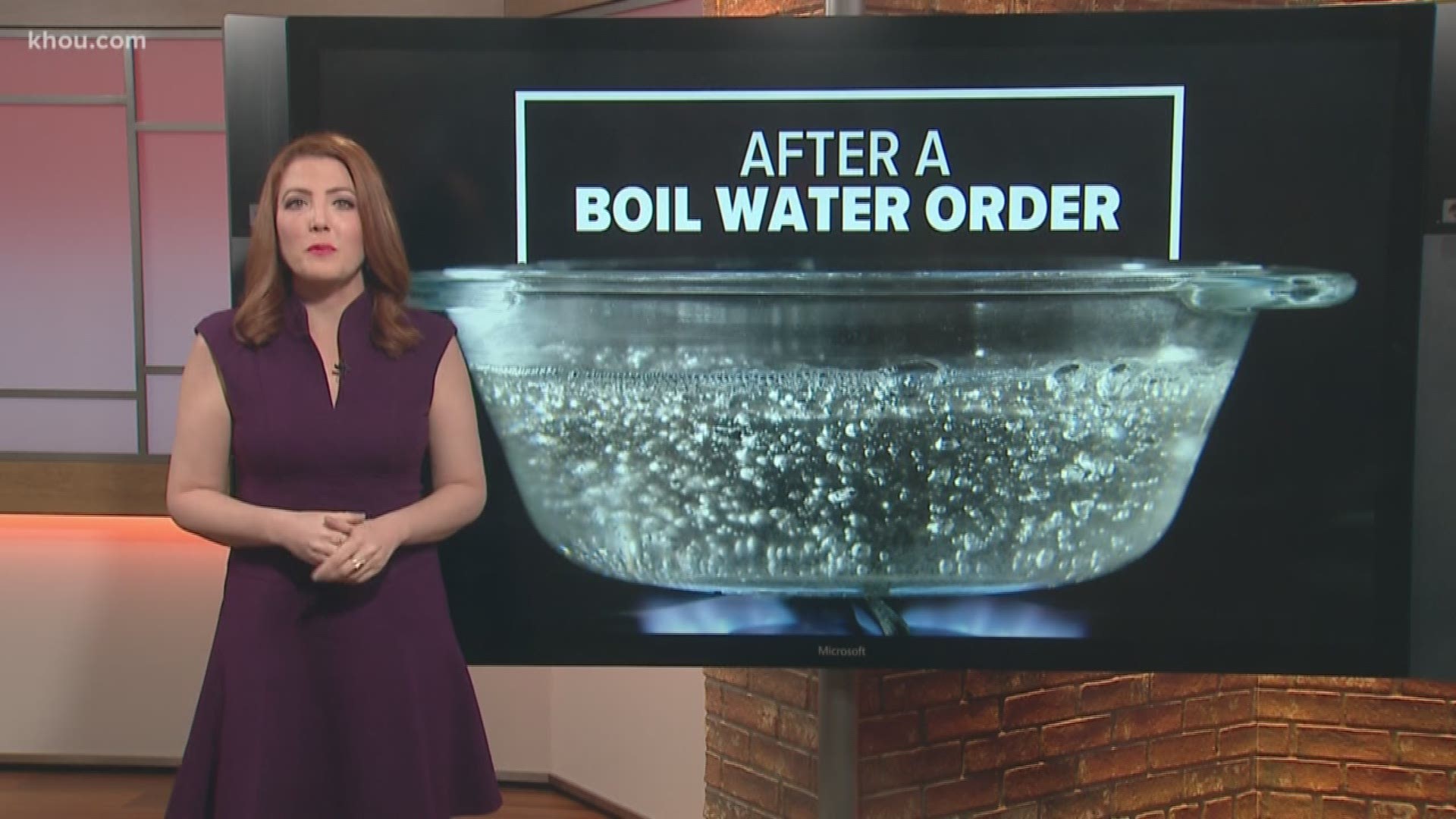WASHINGTON — Health departments decide when to issue boil water notices for localities that might have been affected by several factors that could cause contaminated water for residents -- perhaps a pipe has burst, a water treatment facility is having a problem or there is local flooding. Sewage or other bacteria could enter the water supply.
When a boil water notice is issued, it's essential to heed the warning.
Clean drinking water is important
There are many reasons why clean drinkable water is necessary apart from just drinking and brushing your teeth.
Potable water is important for making ice, preparing baby formula, preparing foods and drinks (including hot coffee and tea), for pets. While drinkable water might not be as important for washing clothes and your hands, it's important not to get contaminated water in your eyes, mouth or on wounds.
Boiling your water correctly
Boiling water is a great way to rid it of contaminants and pathogens. Contaminated water can cause diarrhea, cholera, Giardia, Salmonella infection and E. coli infection, according to advocacy group State Food Safety.
Experts recommend that you let cloudy water have time to settle. If your tap water is clear, let the water hold at a rolling boil for at least a minute to kill harmful bacteria.
Do not use coffee pots to boil water. You need to boil your water over a stove or a grill so that it can have an extended rolling boil. Once the water has cooled to a safe and comfortable temperature, you can use it.
It's important to note that if you live at a high elevation, remember that the lower boiling point for water where you live, requires that you boil water for at least three minutes.
Try to purchase bottled water while you wait, to use for necessities like drinking or brushing your teeth.
Washing dishes is a bit tricky because while clean drinking water might not necessarily be needed, it's advisable to soak dishes in a mixture of water and bleach for about a minute before using.
The CDC advises that people allow dishes to air dry completely as well before use.
After a boil water notice is lifted
Once a notice is released that a boil water advisory has been lifted, several steps are recommended before things can get back to normal.
According to the San Antonio Water System, one of the first things you should do is flush your pipes. To do this, run both the hot and cold water faucets for at least two minutes to get any trapped contaminants out.
It's important to then flush out, clean and then sanitize appliances that use the water coming into your home. These include your ice machine and dishwasher. Check the manufacturer's instructions on how to do this.
Also on the list, residents need to:
- Run any drinking fountains non-stop for at least two minutes to flush.
- Throw out any ice remaining in your ice machines.
- Make an additional batch of ice and then throw that out too.
- Put in new water filters in refrigerators and other appliances that have them.
- Run water softeners through a regeneration cycle.
To water plants and gardens, the CDC says tap water is fine. The CDC also says that while it is always important to wash your hands, you should be, in most cases, safe to wash your hands with soap and tap water during a boil water advisory. If soap and water are not available, use an alcohol-based hand sanitizer that contains at least 60% alcohol.
And as for your hot water pipes and water heater, some localities recommend that you flush your hot water line for at least 15 minutes if you have a typical 40-gallon tank. If you have an 80-gallon tank or larger, it is recommended that you flush the water out for at least 30 minutes. You want the hot water to be clear of any air and sediment before you use it to wash yourself or dishes.

